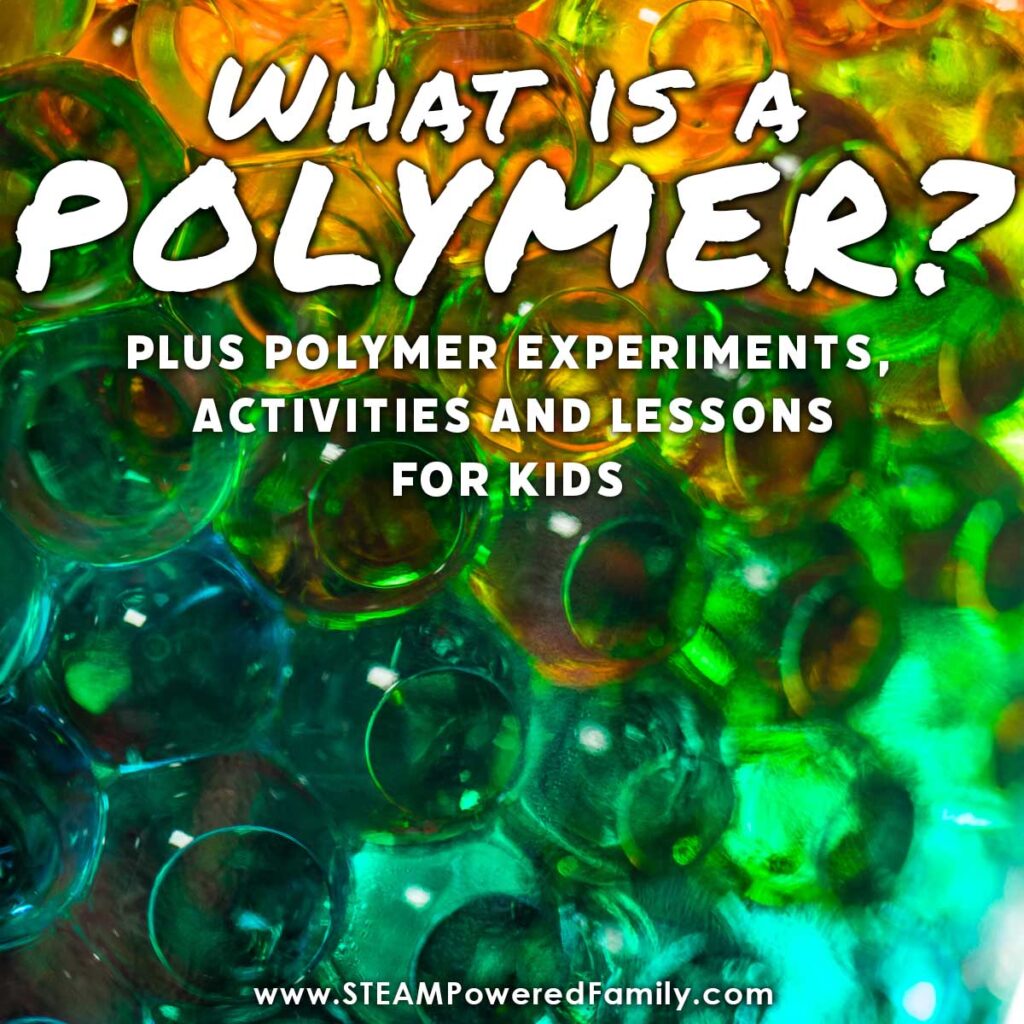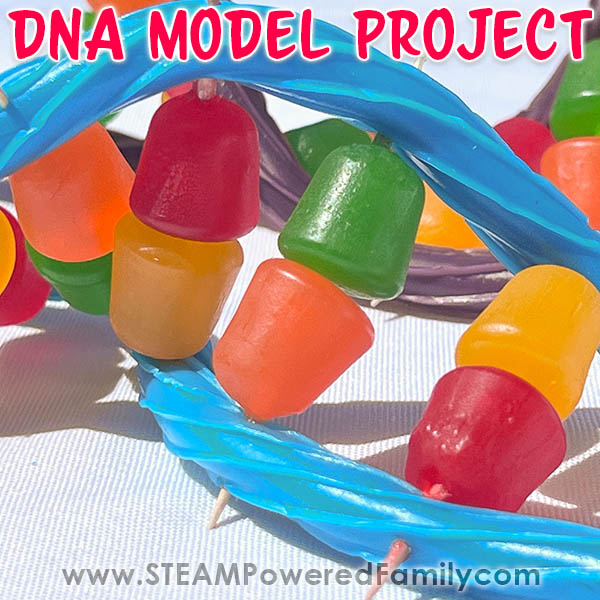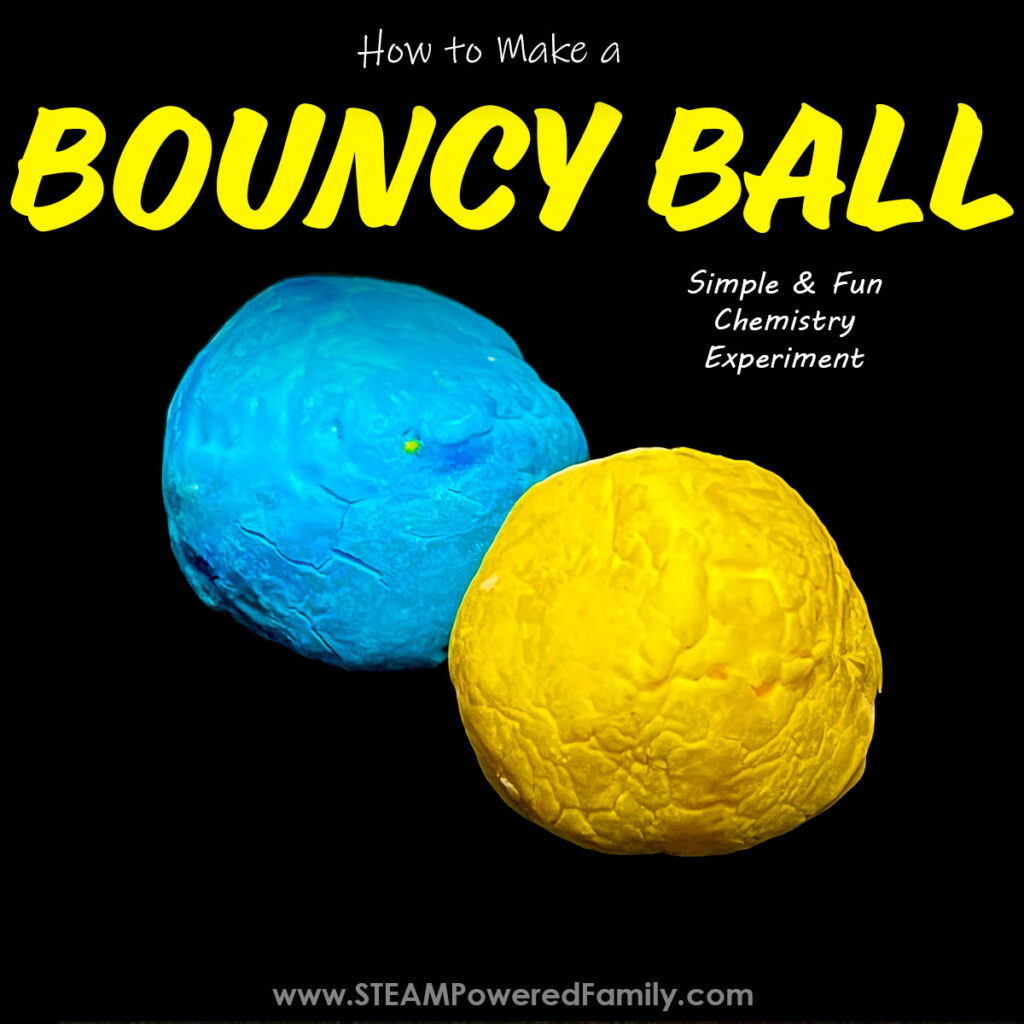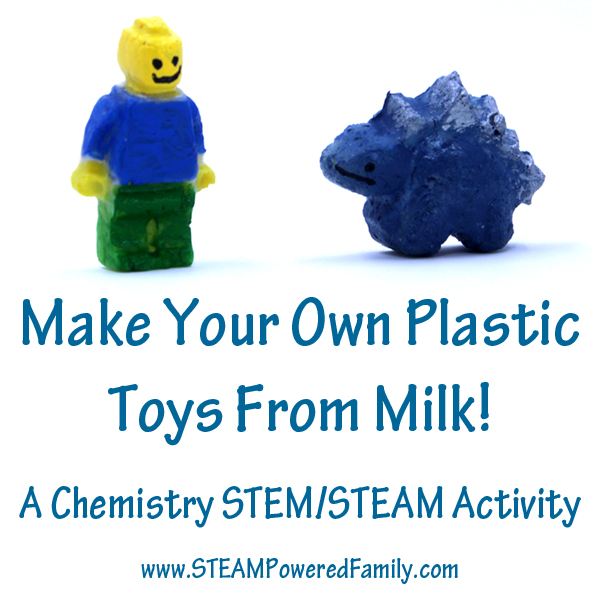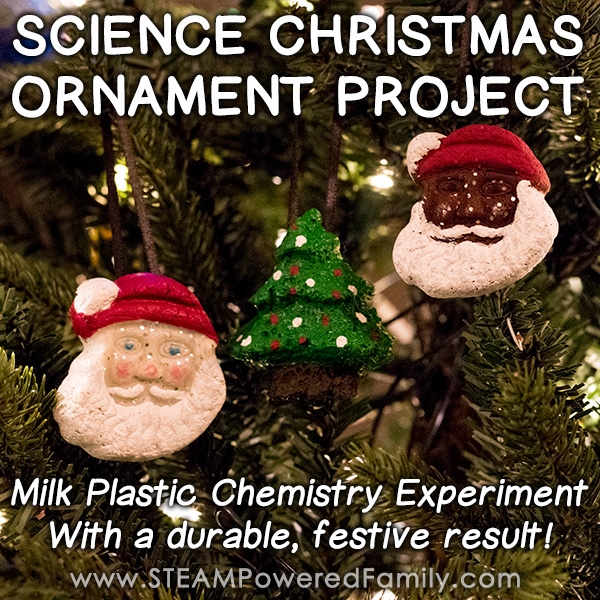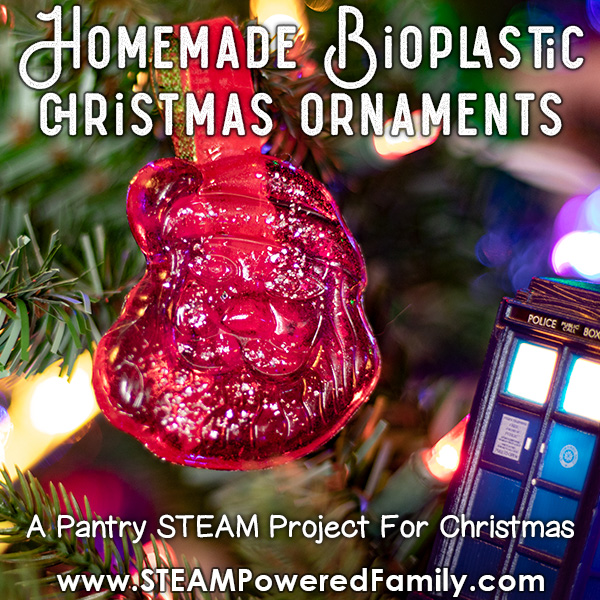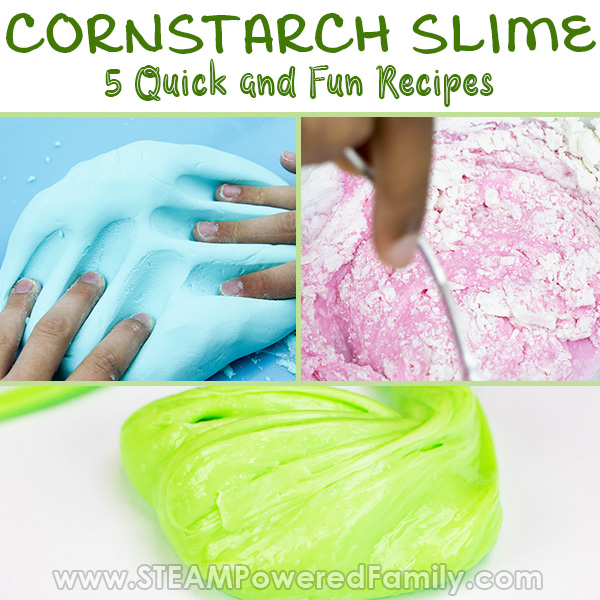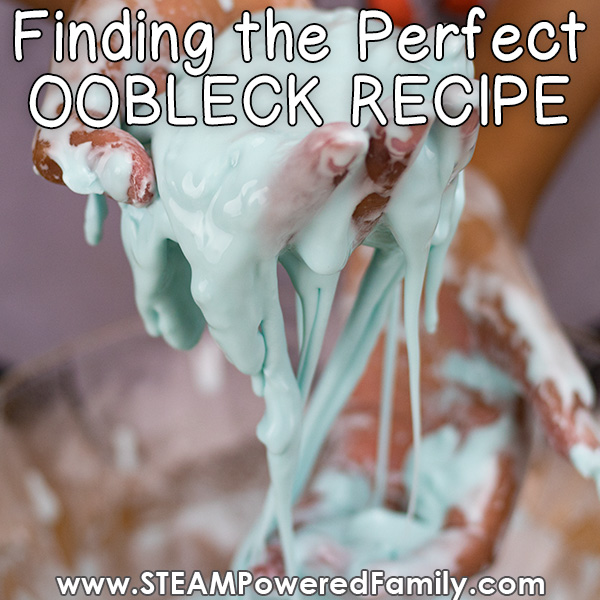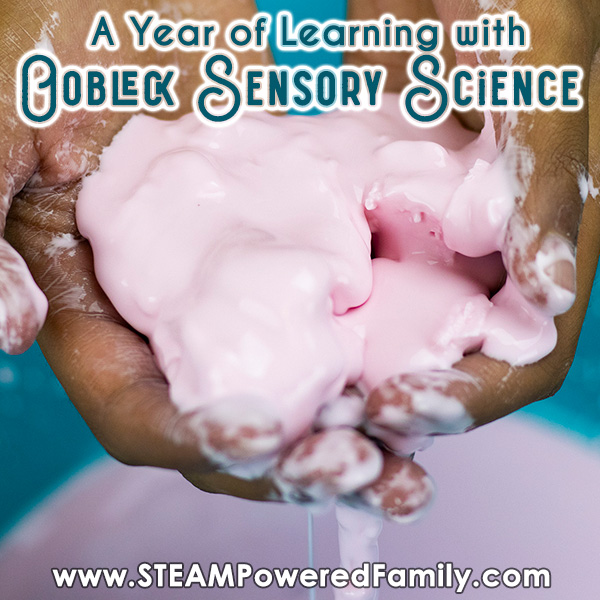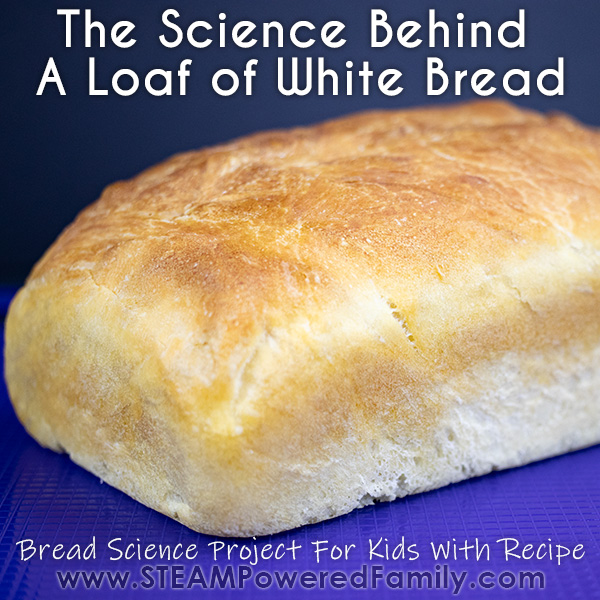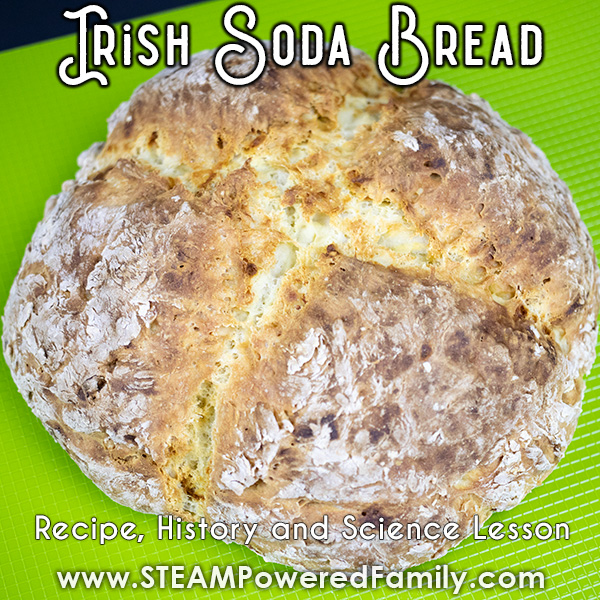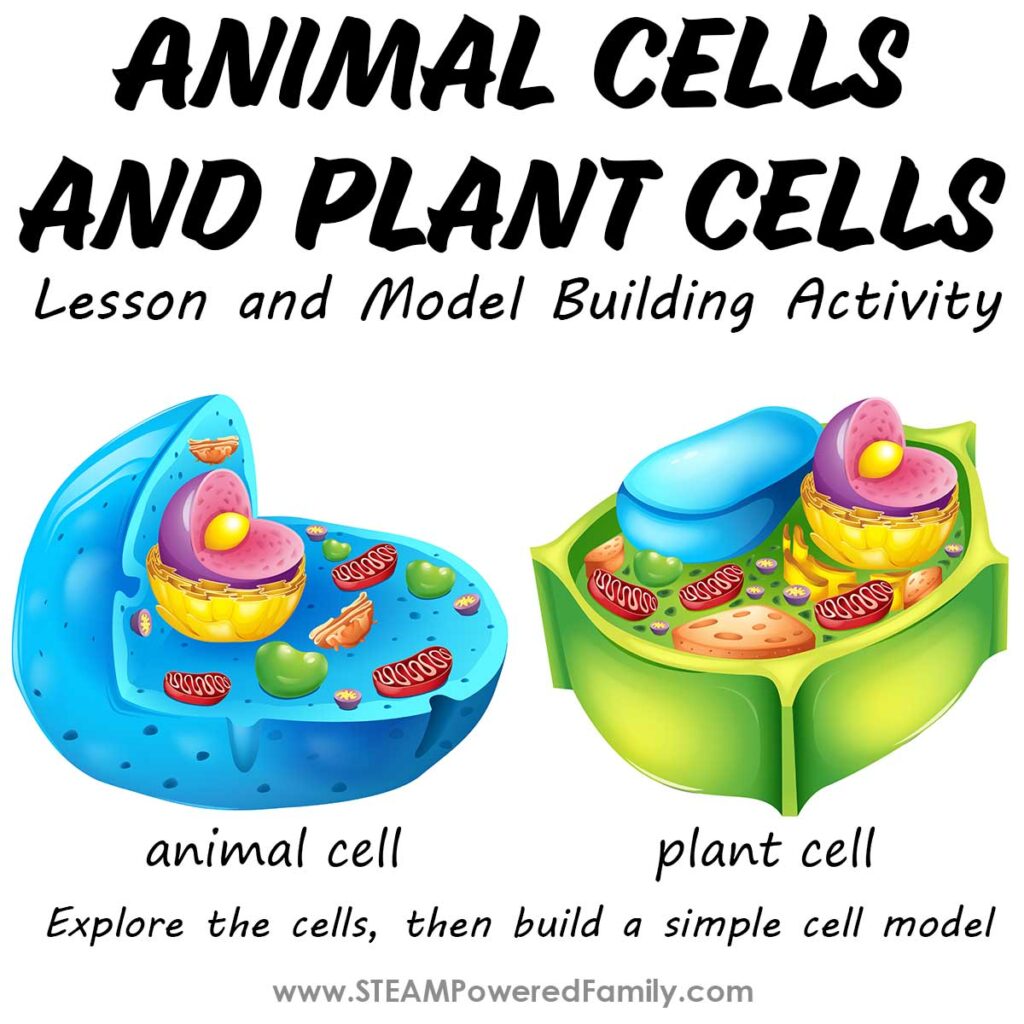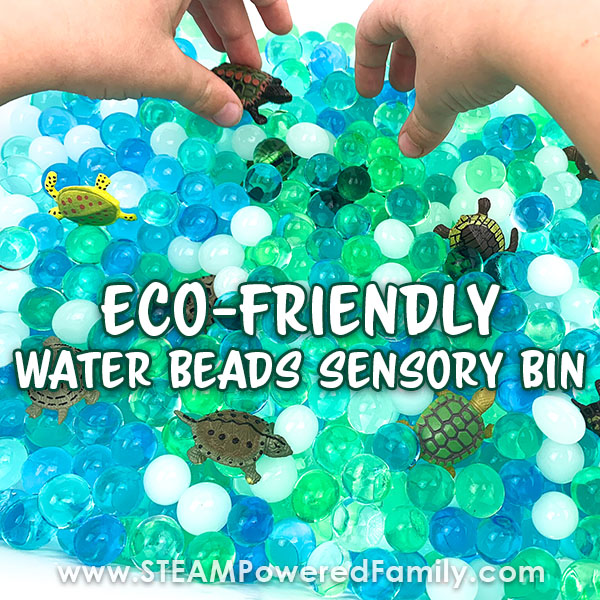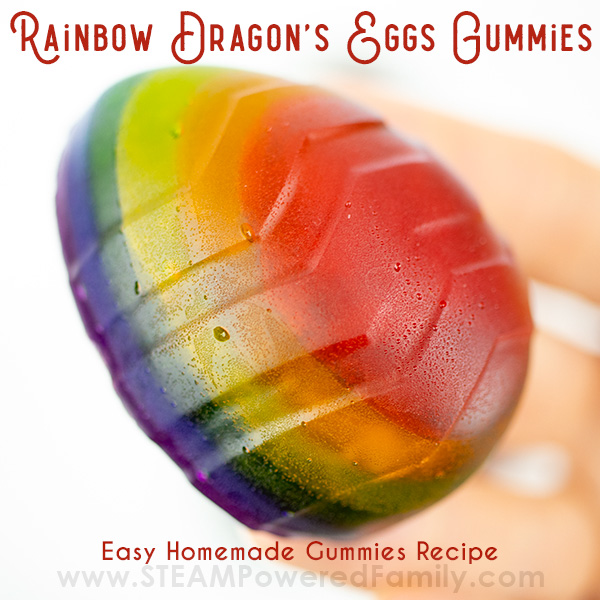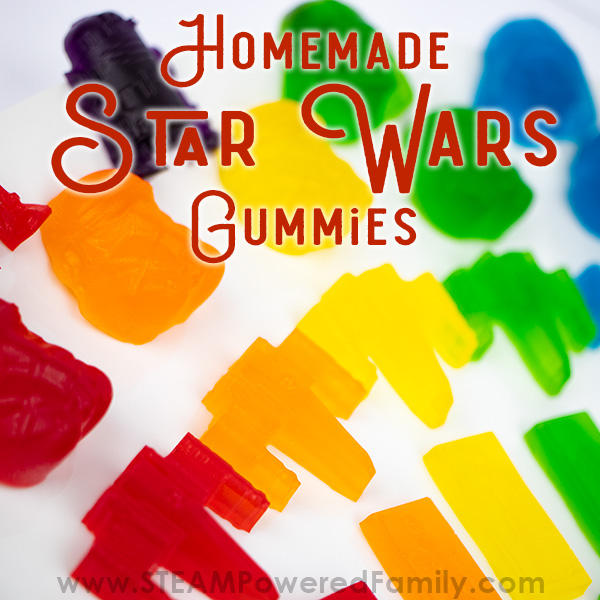What is a Polymer?
There is one specific type of experiment that always gets the kids really excited, and that is creating polymers. A few years ago one specific type of polymer became popular all over the world, and that was making slime. But did you know there are many, many other types of polymers that are even more fascinating? This is science topic you don’t want to skip!
Polymer Science and Activities for Kids
Disclaimer: This article may contain commission or affiliate links. As an Amazon Influencer I earn from qualifying purchases.
Not seeing our videos? Turn off any adblockers to ensure our video feed can be seen. Or visit our YouTube channel to see if the video has been uploaded there. We are slowly uploading our archives. Thanks!
What is a Polymer?
Ok, so the big question of the day: What is a polymer?
Polymers are all around us and even in us! They are found in nature and we can also make them in factories. So what exactly is it?
Definition: Polymers are macromolecules or compounds formed from long chains of smaller molecules called monomers. They are held together by covalent bonds and a polymer may have one type or many types of monomers.
Let’s visualize this so it makes sense.
Imagine you have a box of building blocks. Each block is a small piece. Now, let’s say you take a bunch of those blocks and connect them together to make a long chain. That long chain is similar to a polymer.
Monomers vs Polymers
A polymer is one big molecule made up of many simpler chemical units called monomers. These monomers are like puzzle pieces that can join together to form a long chain. When lots of these monomers link together, they create a polymer.
Just like you can have different types of building blocks in your box (some may be square, some may be round), there are many different kinds of polymers. Some polymers are soft and flexible, like a rubber band. Others are hard and strong, like the plastic used to make toys or bottles.
So, in simple terms, a polymer is like a long chain made up of small building blocks, and it can be used to make all sorts of useful and fun things!
Examples of Polymers
Let’s take a look at some examples of polymers that you encounter every day.
Natural Polymers
Natural Polymers occur organically in nature in living beings and include things like protein, DNA, Cellulose and Starch.
- Protein polymer is found in muscles and other tissues and is made up from polymers built out of monomers called amino acids.
- DNA and RNA is a complex polymer. The sides are formed from chains of sugar while the crosslinks are pairs of four monomers called nucleic acids (adenosine, cytosine, guanosine, and thymidine).
- Plant cells have walls made from a polymer of glucose called cellulose. This cellulose is an important part in the making of wood and paper.
- Starch is something we love to play with in our sensory science activities (see below for examples). Found in things like potatoes and bread, starch polymers are also formed from glucose chains but they form globules rather than fibers.
Fun fact! Both plant cell cellulose and starch are known as a carbohydrate polymer because they are formed from glucose.
Synthetic Polymers
Most synthetic polymers are plastics which are manmade through a process called polymerization. You can find plastics all around your home or classroom, and even in the fabric of your clothes or in the rubbers of your shoes! Let’s look at a couple of other synthetic polymers.
Polymer Clay
Very popular in art classes, polymer clay can be used to make beautiful creations. The polymer used in polymer clay is a type of synthetic plastic material called polyvinyl chloride (PVC). It is a versatile and easily moldable substance that is pliable when heated and hardens when cooled. This unique property allows polymer clay to be shaped and sculpted and then cured through baking to create durable and beautiful artwork creations.
What is a Lithium Polymer Battery?
Guess what? Your favourite tablet or smartphone is powered by a polymer! A Lithium Polymer (LiPo) battery is a type of rechargeable battery that uses a lithium-ion technology. They are perfect for portable devices because these batteries are lightweight and can hold a charge for a long time. LiPo batteries consist of multiple cells, with each cell containing a positive electrode (cathode) made of a lithium compound, a negative electrode (anode) typically composed of carbon, and a separator that prevents the electrodes from touching each other. The electrolyte used in LiPo batteries is a gel-like or solid polymer substance.
Polymer Experiments and Activities
So now we have learned all about polymers, let’s have fun with some polymer experiments and activities!
DNA
We learned earlier about how DNA is a complex polymer. Get up close with these polymer building blocks with a Strawberry DNA Extraction Lab or by building a DNA Model. For extra fun, make your model out of gummies, which are also polymers!
Bouncy Ball – Polymer Balls
Kids can make their own bouncy balls using a mixture of borax, cornstarch, and glue. By combining these ingredients and rolling them into a ball shape, they can create a polymer that bounces when dropped. We explored two different techniques to see which polymer ball had the best bounce!
Milk Plastics
One of our earliest experiments was making plastic out of milk. We made our very own toys that are still in perfect condition almost 10 years later. Over the years we have adapted this project to make everything from necklaces, bracelets, holiday ornaments and more. So easy and so fun!
Gelatin Bioplastics
We loved making milk plastic so much that we decided to try making a clear version and it was a success! This gelatin bioplastic is so versatile. We have made suncatchers, trinkets, and ornaments.
Slime
For most kids, this was their first experience with polymers. Slime was insanely popular for a few years, with every kid obsessed with making it in every imaginable form. Of all the experiments, making slime is probably the most popular polymer experiment. Kids can create their own stretchy and gooey slime using glue and a slime activator. When mixed they create a polymer network that gives slime its unique texture that kids are so obsessed with.
Oobleck
We love Oobleck! It’s like the smart, science nerd version of slime. Oobleck is a non-Newtonian fluid that acts like a liquid when poured but becomes solid when pressure is applied. Kids can mix starch and water to create this interesting substance. Then it is time to play and explore its unique properties by squeezing it, poking it, or even running across it. We did a science fair project exploring different starch ingredients in Oobleck recipes to find the best one.
Making Bread
Baking bread is a wonderful way to explore carbohydrate polymers in starch. We have a simple bread recipe that is so tasty and so much fun to make. A great way to explore polymers in the kitchen.
Plant Cell Model
We mentioned earlier that another carbohydrate polymer is cellulose which is found the cell walls of plants. Make a plant cell model or do a plant dissection and look at the parts under a microscope to explore these fascinating cells in more details.
Water Beads
Kids can explore the incredible water-absorbing capabilities of polymers by conducting an experiment with superabsorbent polymers. All you need to do is place a very small amount of these water bead polymers in water. Wait a bit and watch how they swell up, absorbing large amounts of liquid. We did a beautiful rainbow in a jar experiment using water beads, or you can make an ocean themed sensory bin with water beads. Water bead experiments highlight the importance of polymers in applications like soil health, diapers or water-absorbent pads.
Gummies
Kids can learn about the process of gelation by making their own gummy candies. By using gelatin, water, and flavored mix, they can create a mixture that solidifies into gummy candies when cooled. By using different molds you can create so many fun types of gummy candies including hearts, dragon eggs and even Star Wars themed treats. This making gummies experiment demonstrates how polymers can change from a liquid to a solid state.
Make Soap Jellies
This is a slippery and fun experiment using polymer science to create soaps that are a rubbery, bouncy, jelly consistency. Jelly soaps are so popular with kids, and it is even better when they can make the soaps themselves.
Sculpt with Polymer Clay
Play and create with polymers by using a simple polymer clay kit to make sculptures and art work. I love making little polymer clay mushrooms to put in the pots of my plants.
Polymer Putty
Kids can create their own moldable putty using ingredients like cornstarch, water, and dish soap. By mixing these ingredients together, they can make a squishy and moldable material that can be shaped and played with. Learn more from our friends at Frugal Fun for Boys and Girls.
Have fun playing with polymers!


